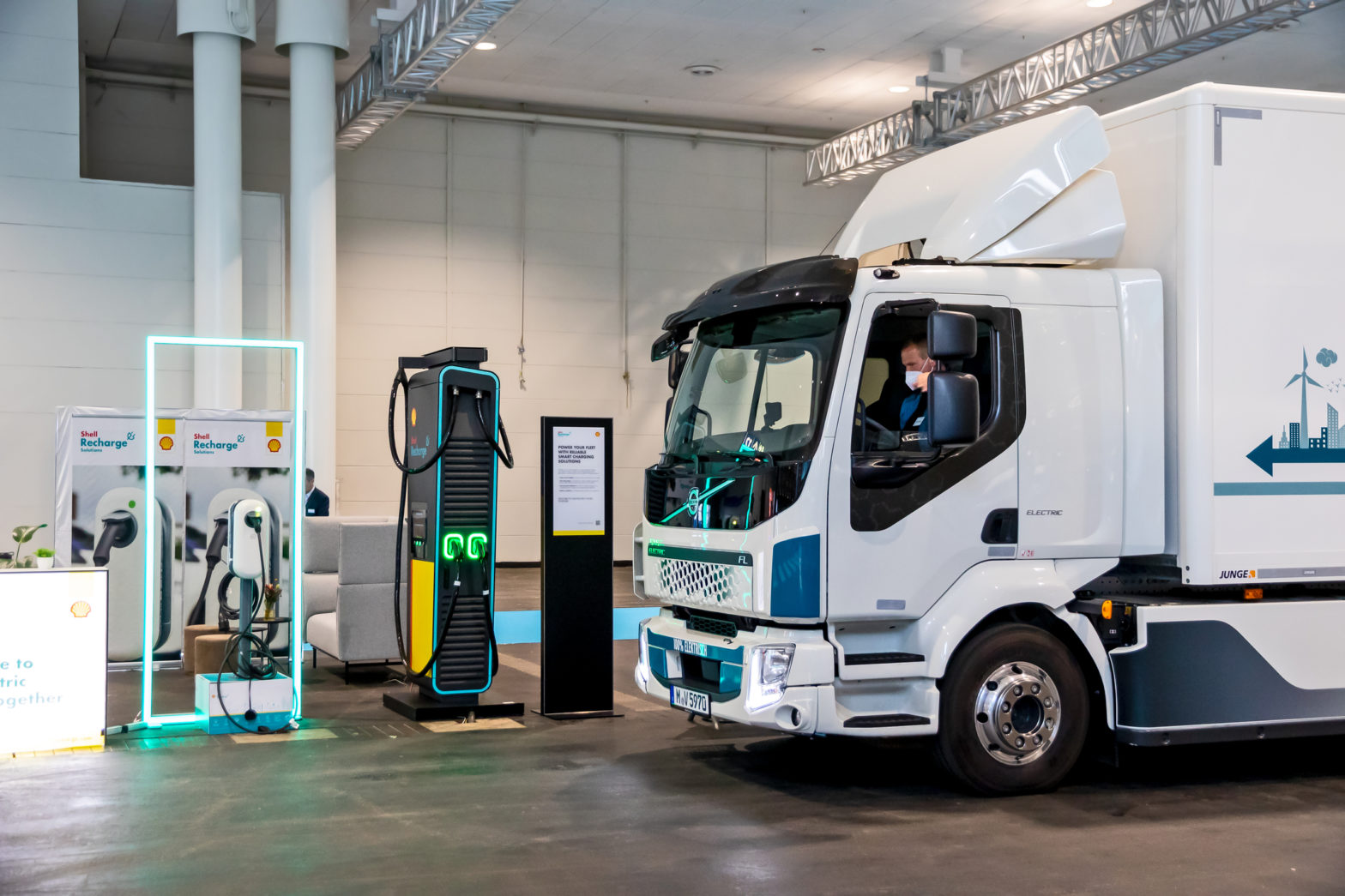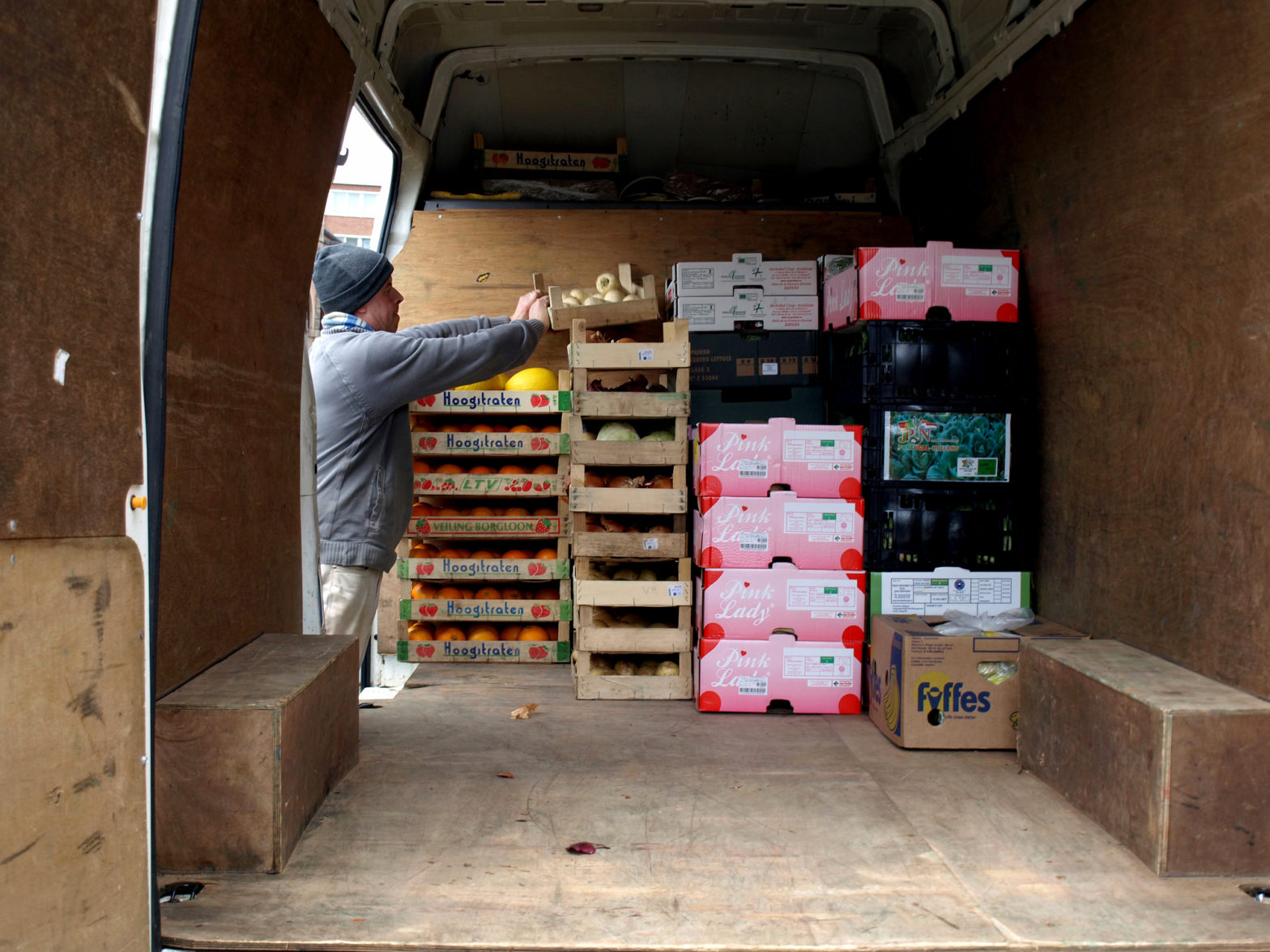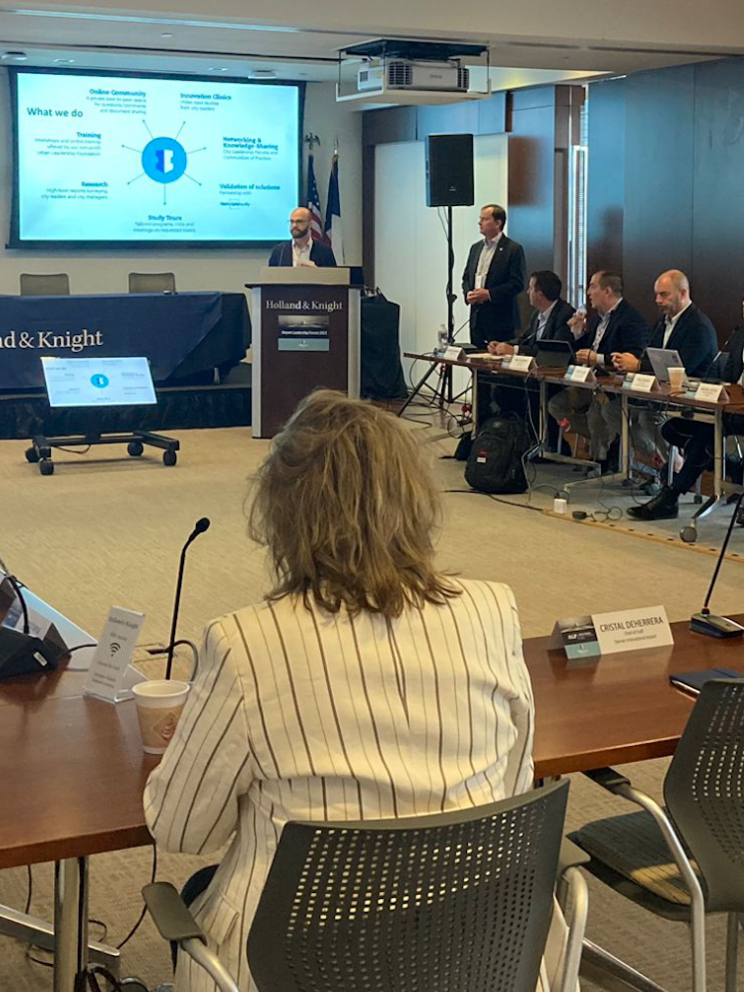
Dutch model drives Europe’s zero-emission freight shift
08 October 2025
by William Thorpe
The Netherlands’ pioneering zero-emission zones for freight (ZEZ-F) are reshaping urban logistics, with new analysis from Clean Cities showing a rapid uptake of electric vans and trucks and early declines in diesel fleets.
Introduced in January 2025 and now covering 18 cities, the Dutch ZEZ-F are the world’s first nationwide scheme targeting goods vehicles. By mid-2025, 78 percent of new vans registered in the Netherlands were battery-electric, compared with just 9 percent across the EU. Electric truck sales surged 188 percent year-on-year, outpacing the European average of 46 percent.
Municipalities with ZEZ-F, and even those adjacent to them, are recording higher electrification rates and a clear drop in diesel registrations. According to the briefing, municipalities with zones in place or planned had an average 6 percent share of electric vans by early 2025, compared to under 2 percent in non-ZEZ areas.
Jens Müller, Deputy Director and Head of Policy and Research at Clean Cities, told Cities Today that the Dutch success lies in pairing clear rules with practical support.

“The key lesson is the effectiveness of an approach that combines a clear, ambitious goal with a pragmatic pathway that makes compliance possible,” he said. “The Dutch approach pairs access rules with broad support measures–such as subsidies for zero-emission vans, trucks and cargo bikes, advisory services, and exemptions where needed–while phasing in requirements over four years and adjusting details along the way.”
This coordinated approach avoids a patchwork of local rules. A national Implementation agenda, developed with cities, businesses and civil society, provides consistency while allowing municipalities to tailor support. Compliance levels are already high: fines are rare and over 95 percent of vans and trucks entering the new zero-emission zones for freight already comply, with no major operational issues reported.
Although full emissions data is still emerging, modelling shows freight vehicles have an outsized impact on urban air quality. In Amsterdam, for example, a 14 percent reduction in NOx emissions and an 11 percent cut in CO2 emissions from all road traffic can be achieved by electrifying vans alone.
Businesses are also finding advantages. Total cost of ownership for e-vans is now lower than diesel, while national schemes such as the SEBA subsidy for vans and AanZET for trucks, alongside municipal support for charging, have tipped the scales in favour of zero-emission fleets. Major firms have accelerated electrification specifically in cities with ZEZ-F, highlighting the zones as a catalyst for investment.
The Dutch example is already inspiring others. Copenhagen and Stockholm are preparing their first zero-emission zones, while Norway is drafting national legislation to allow its cities to follow suit. Clean Cities research counts 33 European municipalities planning zones by 2030.
To replicate the Dutch success, the campaign recommends European cities and governments give long lead-in times, harmonise rules nationally, and ensure strong support for businesses. Cargo bikes, already gaining traction with Dutch subsidies, could complement electric vans and trucks for last-mile logistics.
Image: VanderWolfImages | Dreamstime.com






